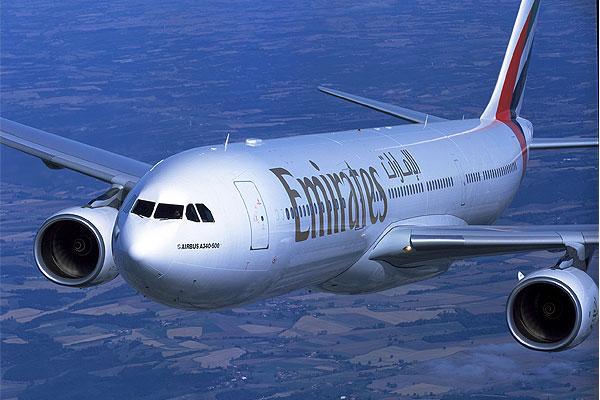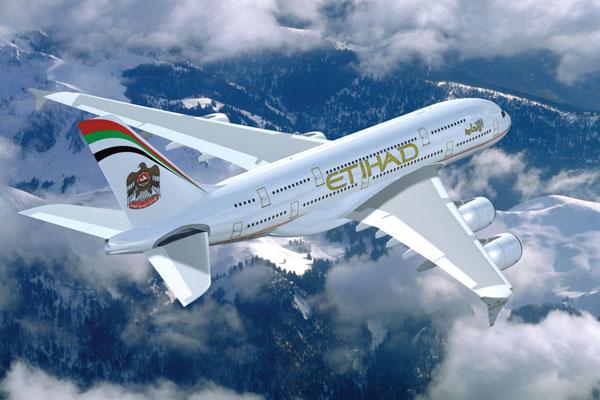

The anticipation of deteriorating aviation demand due to COVID-19 has renewed speculation about the potential merger of Emirates Airline and Etihad Airways. To the majority of industry watchers, the joining of the profitable Emirates and the loss-making Etihad is a sensible next step for the UAE’s aviation sector. Conjecture about the flag carriers’ merger is also understandable as analysts seek to identify quick gains for aviation in the post-coronavirus period.

However, Emirates and Etihad have comfortably co-existed and frequently collaborated as flag carriers for 16 years, and COVID-19 has only deepened this relationship. In the post-pandemic environment, it is likelier that the airlines will further cooperate instead of pursuing a beneficial but resource-intensive merger to achieve rapid recovery, says GlobalData, a leading data and analytics company.
Neha Bhatia, Construction and Infrastructure Editor at GlobalData, comments: “Emirates president Tim Clark and Etihad Group CEO Tony Douglas expect it could take until 2023 for demand to return to pre-crisis levels. The companies’ mutual agreement indicates that revenue recovery will be the key area of focus for Emirates and Etihad over the next 18 months.
“In the post-pandemic environment, it is likely that the airlines will further combine their synergies instead of pursuing a beneficial but resource-intensive merger to achieve rapid recovery. This will need intensive passenger awareness programmes, as well as potentially unprecedented levels of investment in improving the biosecurity of their on-ground and in-air infrastructure.
“Merging two of the UAE’s most high-profile organisations requires that these and other post-coronavirus realities are managed before they begin the mammoth task of integrating their internal operations. The business case for a merger is clear: Emirates could help revive profitability at the Abu Dhabi carrier, and Etihad could bring new fleet, finance and routes that further help expand the Dubai airline.”









